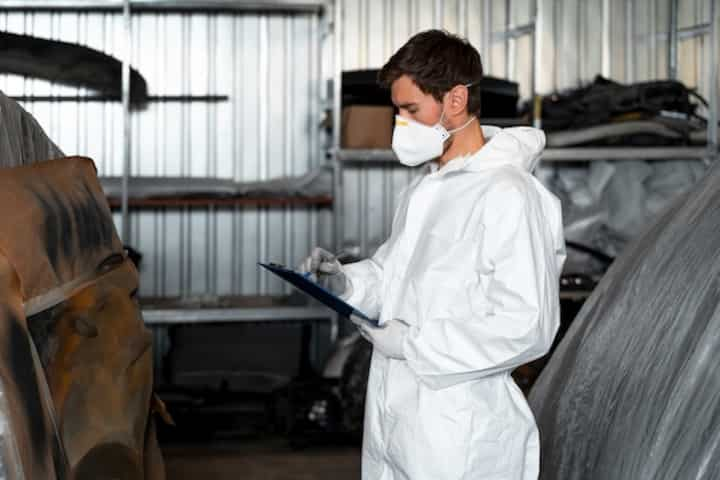
Expert Springfield Mold Remediation Services
Mold is a common problem that many homeowners in Springfield face, often arising from moisture intrusion or inadequate ventilation. When left unaddressed, mold can lead to significant health issues and structural damage. Thus, expert mold remediation services are crucial to ensure both safety and property preservation. This article delves into the intricacies of mold remediation, highlighting the importance of professional intervention and the comprehensive steps involved in the process.
Understanding Mold and Its Health Implications
Mold is a type of fungus that thrives in damp, humid environments. It reproduces through tiny spores that travel through the air and can settle on various surfaces. When these spores find a suitable environment, they can begin to grow and spread rapidly.
Health Risks Associated with Mold Exposure
- Respiratory issues such as asthma and allergic reactions
- Skin irritations and rashes
- Headaches and fatigue
- Potentially severe infections in individuals with weakened immune systems
To learn more about the effects of mold on health, read more about this topic.
The Importance of Professional Mold Remediation
While minor mold infestations can sometimes be managed with DIY solutions, larger outbreaks or mold in hidden areas often require expert attention. Professional mold remediation services provide several advantages:
Comprehensive Assessment and Testing
- Identifying the type and extent of mold infestation
- Determining the source of moisture and addressing it to prevent recurrence
- Utilizing advanced tools and techniques for accurate mold detection
For a detailed overview of mold testing procedures, explore further insights here.
Effective Mold Removal Techniques
- Utilizing specialized equipment to safely remove mold
- Implementing containment strategies to prevent spore spread
- Using eco-friendly cleaning agents to sanitize affected areas
Professional services ensure that the mold is not only removed but also that the environment is restored to a safe and healthy state.
The Mold Remediation Process
The mold remediation process involves several critical steps, each designed to address specific aspects of mold infestation and ensure comprehensive removal. Here is an outline of the typical process:
Step 1: Initial Inspection and Assessment
Experts conduct a thorough examination of the property to identify mold presence, assess the extent of contamination, and develop a remediation plan tailored to the specific situation. Learn more in this detailed guide on mold assessment procedures.
Step 2: Containment
- Establishing physical barriers to isolate affected areas
- Using negative air pressure to prevent spores from spreading
Effective containment is crucial to ensure that mold does not spread to uncontaminated areas of the property.
Step 3: Air Filtration
- Deploying advanced filtration devices to capture mold spores
- Improving indoor air quality during and after remediation
Air filtration is a critical component of the remediation process to ensure environmental safety.
Step 4: Mold Removal and Cleaning
- Removing and disposing of mold-infested materials
- Cleaning and sanitizing affected areas with specialized solutions
This step ensures that all visible and hidden mold is eradicated, and the area is thoroughly cleaned.
Step 5: Restoration
Restoration involves repairing or replacing damaged structures, ensuring the property is returned to its original condition or better. Find additional information here on best practices for property restoration post-remediation.
Conclusion
Expert mold remediation services in Springfield are essential for tackling mold infestations effectively and safely. By understanding the process and importance of professional intervention, property owners can take informed steps to protect their health and preserve their homes. For a comprehensive understanding of mold testing and remediation techniques, you can explore further insights here.